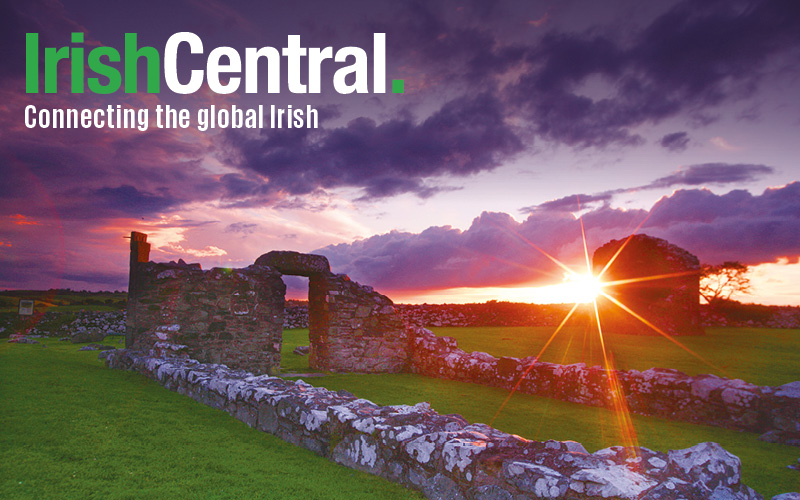MONTREAL - When the Irish Famine ships streamed down the St. Lawrence River on their way to Boston, New York and points south, many of the wretched cargo on board never made it beyond this place and Quebec City to the south.
They had endured as long as six weeks at sea and were weak and weary from hunger, even at the beginning of the voyage. Unscrupulous sea captains often stuffed their boats to over capacity with people, so it was hardly a surprise that dreaded diseases like cholera and dysentery often decimated their numbers. Not for nothing did the Atlantic crossing become known as the Bowl of Tears.
On Grosse Ile island, not far from here, their ghosts linger still. It was there that the sick and dying were unloaded, and row upon row of white crosses mark the spot where they lie forever.
In 1847 alone 5,000 died on the island. The Ancient Order of Hibernians has erected a huge Celtic cross in their memory, but far more evocative is the still standing disinfectant shed, where the cholera-racked victims were often brought to die.
In an act of unimaginable generosity the thousands of orphans left parentless after their fathers and mothers perished were adopted by French Canadian families.
That is why today the Irish of Montreal number about 40% of the population according to the experts, though most have no Irish surnames, or they have been transmuted into French. Some surmise that famous names such as Celine Dion were probably Dillon in the original language.
In a city so divided between French and English speakers the Irish have been able to play a key role, as they are seen by both sides as sympathetic. Indeed, the parallels between Quebec and Northern Ireland, with two cultures, two languages and a deeply divided political class, are clear even on a short visit to Montreal.
It is a hidden story of the Irish diaspora, but that may no longer be the case in the future. That's because there is now a center of Irish excellence in Montreal, at Concordia University, where Cork-born Dr. Michael Kenneally has almost single-handedly created an Irish studies division that is surely the envy of many in North America.
This Irish studies program has almost $8 million in funding, much of it from the state government where Quebec Premier Jean Charest, himself of Irish background, has become a major supporter.
Money has also been raised among the Canadian Irish mainly by the hard work of an Irish Canadian named Brian Gallery, who continues to help expand the Irish studies program
Charest made $2 million available last year, and the university added in $1 million to create the Johnson Chair which will, for the first time, study the links between the French Canadians and the Irish during the critical period of the Famine and up to the present day. The Johnsons are a famous Irish Quebec family of which three members at different times served as prime minister.
In Kenneally's opinion it is perhaps the last great untold story of the Irish diaspora, the extraordinary generosity of the French Quebecers who took the Irish orphans literally to their bosoms.
I spoke here on Friday night at the St. Patrick's Society, an organization 175 years old, which is going as strong today as it did when just founded by Irish immigrants.
What is most interesting is that despite the lack of emigration to this part of Canada from Ireland in modern times, the culture and the St. Patrick's Society still thrives.
Indeed, they are still very important. Canada played a leading part in the Irish peace process, at the urging of Irish Canadians.
We should never forget that General John de Chastelain was the man responsible for securing the IRA disarmament and displayed the patience of a George Mitchell as he made it all possible. Today he is still working on Loyalist disarmament.
Canadians also hold one of the biggest St. Patrick's Day parades in North America in Montreal on March 17.
One can imagine the pride of those Famine tossed emigrants from so long ago if they could have imagined the great role their descendants would play in one of the great cities of North America. The Montreal Irish have truly arrived.




Comments